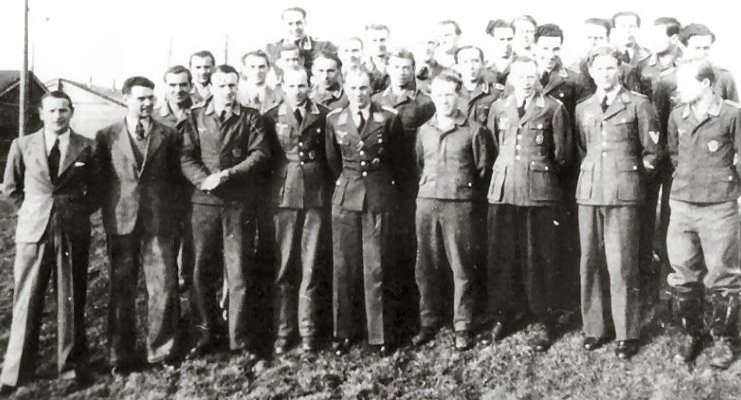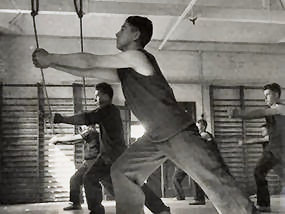|
|
||
|
||
|
Privacy Policy | Editorial Policy | Profit Policy | Join the Association | List of Members | Contact us | Index | Links |
||
|
Back Go to page: 1 2 3 4 5 6 7 8 9 10 11 12 13 14 15 16 17 18 19 20 Forward
|
||
|
|
||
|
The People I meet.
The other weekend I was luxuriating at the Sandstone Point Hotel which is just before and on the right hand side of the Bribie Island bridge. If you haven’t been there put it on your bucket list, it’s a great Sunday out.
|
||
|
I generally sneak up there on a Sunday as it’s usually crowded and it’s far enough from Brisbane for me to slip in and mix with the crowd and remain incognito and not be adorned or worshipped as is the norm. I always wear my lead lined Pilatus cap as this restricts that elusive Radtechitis from escaping and causing uncontrollable mayhem amongst the populous.
|
||
|
Apart from having wonderful facilities and heaps of open space on which to sit and admire the view, on weekends the hotel provides live entertainment and has plenty of good and well-priced food. For those that were around Sydney in the mid 60’s, it’s just like a Millers Pub, only bigger.
There I was, sitting at a table outside on the grass, minding my own business, enjoying the music, being sheltered from the Queensland sun by a big blue Shelta, sipping a Sars on the rocks and tucking into crumbed whiting and chips and thinking to myself that it doesn’t get much better than this. Suddenly, an energetic young bloke kicked his three quarter size Sherrin straight at me and knocked my cap right off my head.
I panicked. Not wishing to cause chaos amongst the innocent people in my vicinity, I reached down and grabbed the cap off the grass and jammed it back on my head as quickly as I could, but not before a minute wiff of Radtechitis escaped, most of which floated off over the water towards Bribie Island. A small amount must have wafted amongst the patrons as everything went instantly quiet, the music stopped, people stood and swivelled their heads trying to detect the source but luckily none could. I sat there with arms folded, looking straight ahead and melded.
However, I wasn’t to know that two lovely girls were about 5 klms away, walking along the surf beach at Bribie and were directly in the flight path of that little wiff of Radtechitis. Some of it settled on their personage and being only human they were unable to resist. Swiping a couple of skateboards from two startled young blokes, they roared down First Avenue, covering the 5 clicks in record time, swooped over the bridge and burst into the hotel seeking out the source of the Radtechitis in order to obtain more. They were well and truly hooked.
|
||
|
Kylie Turner, exulted one, Lisa Greig.
|
||
|
Perhaps their female intuition had been heightened by the influx because somehow they had no trouble locating me, even though I was sitting rock still and staring into the distance. They ran through the patrons, scattering food and drinks and draped themselves upon my person, purring like contented kittens and soaked up some of that alluring Radtechitis.
Being the big-hearted and congenial person that I am, I suffered in silence for 78 minutes before I was forced to extricate myself from those lovely ladies.
A Radtech’s life is so demanding!!
|
||
|
I'm reading a book about anti-gravity. I just can't put it down.
|
||
|
CAC CA-31 Operational Trainer project:
In March 1964, with the Mirage fighter being delivered to the RAAF, the Melbourne based Commonwealth Aircraft Corporation presented its idea for a locally designed and manufactured, advanced supersonic aircraft designed to meet both flying and weapons training needs.
The basis of the project was that there was no type with this dual capability available anywhere in the world. In the 1960s, it was also seen that there was a huge gap between flying jet trainers and modern high speed fighters. This difference involved more than just speed; the flying characteristics of supersonic delta wing fighters were quite different to the subsonic trainers then available. |
||
|
|
||
|
The original design featured a double delta wing powered by a single GE – J85 engine, and the design was advanced to the stage of constructing this full size mockup, and then revised to incorporate the Rolls Royce RB172 Adour engine. The aircraft was to feature Martin Baker ejection seats and be capable of carrying a load of 1815 kg on four wing and two fuselage hardpoints.
But there were problems with the design.
Landing speed was intended to be 120kts and it had a range of up to a 1000nm. Take off distance was little over a thousand feet, and landing distance twice that number, all good, but the location of the engine intakes would have made FOD an issue at some airfields and its location relative to the nose landing gear could have made operating from wet airstrips risky. It offered little forward visibility for an instructor in the backseat and judging from the mock-up which sits at the museum at Moorabbin Airport, cockpit ergonomics would have left a lot to be desired – there wasn’t a terrible lot of space on the dash for controls and instruments, much less elbow room in the rest of the cockpit for the pilots. Tall pilots would have hard a hard time easing themselves into the front seat.
|
||
|
|
||
|
Noting Australia’s subsequent export history with second-hand Sabres along with the Nomad, it wouldn’t be hard to imagine a few CA-31s finding service with Indonesia, Malaysia, Thailand, and maybe even Singapore. The CA-31 was intended to be a cheap and inexpensive means of training pilots for advanced aircraft types, which could have made it an attractive option for Air Forces seeking a jet trainer/strike aircraft. That being said, there’s few existing contemporaries for the CA-31 to suggest a dedicated supersonic Lead-In Fighter trainer was a good idea – the jet trainer/strike jet market has been largely dominated by more traditional designs like the Hawk, Alpha Jet, and numerous generations of Macchis.
The RAAF jet trainer requirement was eventually fulfilled in 1967 by Macchi Trainers licence built by CAC and a number of 2 seat Mirages built by GAF in Melbourne, resulting in the CA-31 project being cancelled, effectively ending CAC’s indigenous designs.
|
||
|
With her marriage, she got a new name and a dress. |
||
|
|
||
|
Giant solar drone breaks record for longest continuous flight.
Airbus has set a world record for the longest continuously-flying aircraft, thanks to their new solar-powered drone. That drone recently spent just three minutes shy of 26 days in the air without taking a single break for refuelling. Airbus wants its solar drones to eventually be used as a cheaper replacement for satellites.
Airbus has been working on its Zephyr S drone since at least 2015 with the goal of providing a cheaper and more versatile replacement for satellites. The drone weighs only 75 Kg, about as much as a single person and is powered by an 80-foot wingspan covered in solar panels. At high altitudes, Zephyr is uninterrupted by cloud cover or other air traffic, and can fly for months at a time. |
||
|
|
||
|
Zephyr launched on its maiden voyage on July 11 and only recently touched down again and Airbus says this long-duration flight is only the beginning. In the future, Airbus hopes to run much longer missions, starting later this year.
With this technology, plenty of governments, companies, and organizations have a cheaper option than satellites. Airbus envisions Zephyr used for airborne monitoring of disaster zones, long-term environmental studies and even bringing wireless internet to underserved areas. The company is also developing a more advanced version of the Zephyr that’s twice the size and capable of carrying larger payloads.
|
||
|
I stayed up all night to see where the sun went, and then it dawned on me.
|
||
|
The next source of Power??
Fusion Power could be on the grid in 15 years.
A new superconducting material and ridiculously powerful magnets are potentially the key to a power revolution. It's no exaggeration to say that functional fusion reactors, ones that generate more energy than they require to operate them, would change the world. While hundreds of scientists have been working on a handful of different approaches for decades, a new partnership between MIT and Commonwealth Fusion Systems (CFS) is claiming it will be able to finish the job. The goal? Fusion power on the grid in 15 years.
While fusion energy is simple in theory, it's ridiculously difficult in practice. Not only is it challenging to maintain the precise magnetic field required to contain plasma heated to millions of degrees, you also need to protect the inside of the reactor from destructive bubbles of helium, all while ensuring that the reaction can be sustained and actually generate more energy than it needs. MIT and CFS are hoping to facilitate a leap forward on several of these problems at once with a new superconducting material that will help make more efficient magnets to control the plasma.
The superconductor in question is a steel ribbon, coated with yttrium-barium-copper oxide, or YBCO. These superconductors can operate at particularly high temperatures of around 2000C, as opposed to most superconductors which must be kept at temperatures closer to absolute zero in order to function. This allows for the creation of smaller, higher-powered, and more efficient magnets which could make all the difference in developing a reactor with net-positive energy generation.
|
||
|
|
||
|
The tech will be initially tested in an experiment called 'Sparc.' Instead of taking the project directly to its natural conclusion of generating electricity, Sparc will stop one step short and simply generate heat, but if successful, it will have done something more important than turn on some light bulbs. It will illustrate we've found a way use fusion as a power source.
Bob Mumgaard, CEO of Commonwealth Fusion Systems, claims this success will lead to imminent fusion power, and not a moment too soon. "We think we have the science, speed and scale to put carbon-free fusion power on the grid in 15 years.” The timeline might be a bit optimistic, as one scientist on a different fusion project said, but if the test succeeds, we'll most certainly be at least one step closer to a fusion future.
So? What is Nuclear Fusion?
The Sun may engage in nuclear fusion like it's no big deal, but attempting to make it happen here on Earth is perhaps one of the largest challenges that faces scientists today. On Earth, you can't rely on the mass of a giant star to help you out, and you also have to worry about creating, maintaining, and sustaining streams of super hot plasma without letting them die out or destroy everything around them.
Because plasma is an incredibly hot and high-energy state of matter, physical materials aren't fit to contain it. Instead, fusion reactors rely on magnetic fields to manipulate the plasma and keep it in check. This awesome little demonstration below shows exactly what that kind of manipulation looks like:
Click the pic below for an explanation.
This trick is obviously useful to keep hot plasma away from the surface of the structure that is containing it, but maintaining a useful fusion reaction is much more complicated than just that. As plasma courses through a reactor, it churns under the effect of several kinds of turbulence that acts on different scales. This churning is so complicated that scientists are only just starting to understand and predict it by using powerful supercomputer models.
Controlling the churn is yet another challenge, one that's lead to the development of nightmarish tangles of tech that are custom made using these calculations. They hold promise, but they're complicated, expensive, and need to be tuned just right.
To me it seems a fair bet to say that we’ll no longer need coal and/or oil as a source of power long before we use all of them up.
|
||
|
I got some batteries that were given out free of charge.
|
||
|
Curragh – the war’s most bizarre POW camp.
During World War II, a Canadian bomber flying from a base in Scotland crashed in what the crew thought was the vicinity of their airfield. Spotting a pub, they entered to celebrate their survival with a quick drink but were stunned to see a group of soldiers wearing Nazi uniforms and singing in German. Even more confusingly, the Germans responded to their entry by shouting at them to “go to their own bar.” The crew was soon given an explanation: after getting lost they had crashed in the Republic of Ireland… and now they were captured, just like the Jerries.
|
||
|
|
||
|
German prisoners in Ireland having a drink at a local pub
|
||
|
Having negligible military power, Ireland was a neutral nation during the war; Prime Minister Éamon de Valera went to great lengths to maintain that neutrality. As part of this policy, he made a deal with both the British and German governments, combatants of either country could be detained if found in Ireland and interned there for the duration of the war. Technically, the men were not prisoners of war but “guests of the State,” with an obligation on the state to prevent them from returning to the war.
A 19th century military camp named Curragh Camp or “K-Lines” was designated to hold “guests” of both nationalities, along with a much higher number of Irish citizens who were imprisoned because they were considered a threat to the country’s neutrality, such as IRA men and pro-Nazi activists.
At first, authorities looked the other way when British aircraft crashed or emergency landed in Ireland, allowing the crews to make their way home. The appearance of a German aircrew in 1940, however, forced them to start taking their job seriously. Lieutenant Kurt Mollenhauer’s Focke-Wulf Fw 200 Condor aircraft was taking meteorological readings off the Irish coast when they got lost in the mist and hit a mountain, with two crewmen suffering injuries.
They were captured and taken to Curragh. They experienced some harsh treatment at first but the Department of External Affairs quickly requested the army to improve their living conditions. With some Germans in actual custody, it was now also necessary to detain British pilots who landed in Ireland to maintain neutrality and the two sides had to be given the same treatment, preferably a lenient one to avoid angering Britain.
|
||
|
|
||
|
Models crafted by a German airman during internment at Curragh |
||
|
Between 1940 and 1943, some 40 British and 200 German military personnel were taken to K-Lines, mainly air crews and men from shipwrecked U-boats. In appearance, the camp was a regular POW camp with guard towers, barbed wire and huts built on short stilts to prevent tunnelling to freedom, though the fence separating the British and German sides was a mere four feet tall. Unlike in most camps, however, the guards had blank rounds in their rifles and the prisoners were allowed to run their own bars with duty-free alcohol. |
||
|
|
||
|
Exterior view of K-Lines. Being neutral, Ireland had no night-time blackouts and spotlights made it much harder to escape at night.
|
||
|
The British bar was run on an honour system, with everyone pouring for themselves and recording their consumption in a book. Prisoners were also allowed to borrow bicycles and leave the camp, provided they signed a parole paper at the guardhouse, giving their word of honour not to escape and to return in time. Pub visits, with separate bars for groups of different nationalities, evening dances with the locals, fishing and golfing trips and fox hunts were the norm, with one English officer even having his horse transported there from home and others having their families join them in Ireland for the duration of the war. Some prisoners ended up marrying local girls and one German prisoner, Georg Fleischmann, stayed and became an important figure in Irish film industry.
Former German soldier Kurt Kyck with his Irish wife, Lilian White. After the war, Kyck spent most of his post-war life in Ireland.
While both sides enjoyed the chance to sit out the war in reasonable comfort and without dishonourable behaviour such as desertion, the Germans were generally more uptight about their situation. Despite being given some money to buy themselves civilian clothes for trips to nearby towns, the preferred to stay in uniform inside the camp, planted gardens, made tennis courts, held exercise classes. On one occasion, they even set up a court to convict a comrade for treason, though the defendant couldn’t be executed, as the Irish refused to furnish the Germans with a rifle and a single bullet. Sometimes, German prisoners sang Nazi songs just to piss off of their British co-internees.
The two nations held boxing and soccer matches, with a historical record noting a German victory of 8-2 at one.
|
||
|
|
||
|
Some of the camp’s German inhabitants
|
||
|
Escape attempts were rare. The Germans had no easy way of reaching
continental Europe and the British had their own special problem, best
demonstrated through the story of Roland “Bud” Wolfe. An American
citizen, Wolfe signed up with the RAF before the U.S. entered the war,
getting stripped of his American citizenship as a consequence. After
flying cover for a ship convoy off Ireland, his Spitfire’s engine
overheated and he had to land in the Republic of Ireland, where he was
taken to the Curragh. Unwilling to sit out the war, he made his move two
weeks after his capture, in
One day he walked out of the camp, deliberately “forgetting” his gloves. He quickly went back for them and left again without signing a new parole paper, so he now considered his escape to be a legitimate one. He had lunch at a nearby hotel, left without paying and made his way to nearby Dublin, where he boarded the first train to Belfast in Northern Ireland. To his surprise, his superiors were far from pleased when he reported at his base and he was quickly sent back across the border to the internment camp.
Roland “Bud” Wolfe
The reason was that Ireland’s neutrality was important not only to the Irish but to Great Britain as well. Though Churchill considered Ireland’s refusal to fight a betrayal, he understood that a pro-Nazi Ireland would have allowed the Kriegsmarine to use its Atlantic ports and wreak havoc on vital convoys from America. In order to guarantee Ireland’s neutrality, however, the British also had to play fair and prevent K-Line internees from jeopardizing the diplomatic status quo by escaping whenever they pleased.
As a result, attempts were sparse: Wolfe tried to escape again only to be captured this time around as well, finally settling into the relaxed life of the camp. There was an aborted tunnelling attempt and a successful mass rush on the gate, which the Irish decided was a “legal” escape and the men who made it back to British territory were not returned.
|
||
|
|
||
|
British prisoners at the camp |
||
|
In 1943 it became clear that the Allies were slowly winning, British airmen were moved to a separate camp and secretly freed, while 20 Germans were allowed to rent residences in Dublin and attend the local colleges. All remaining German prisoners were repatriated after the war, ending the history of what might well have been history’s strangest, and possibly most comfortable, POW camp.
Inmates making use of the camp’s gym
The story of the British and German prisoners living together in Ireland, hushed up during and after the war, only came to light in the 1980s, when English novelist John Clive heard the story from a taxi driver who had served as a guard at Curragh, and decided to research the matter for a novel.
|
||
|
Those who get too big for their pants will be totally exposed in the end. |
||
|
|
||
|
|
||
|
Back Go to page: 1 2 3 4 5 6 7 8 9 10 11 12 13 14 15 16 17 18 19 20 Forward |
||
|
|


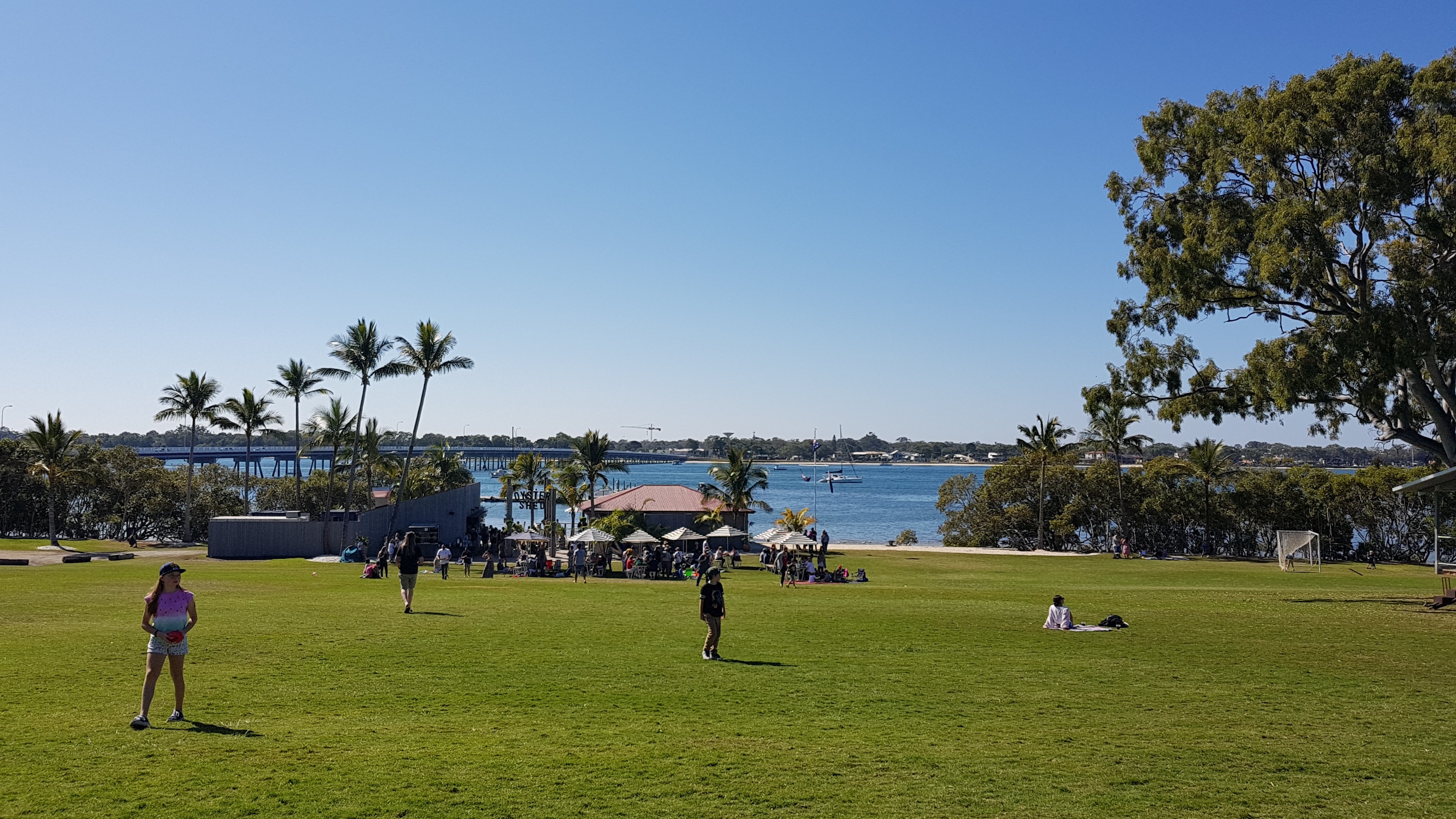
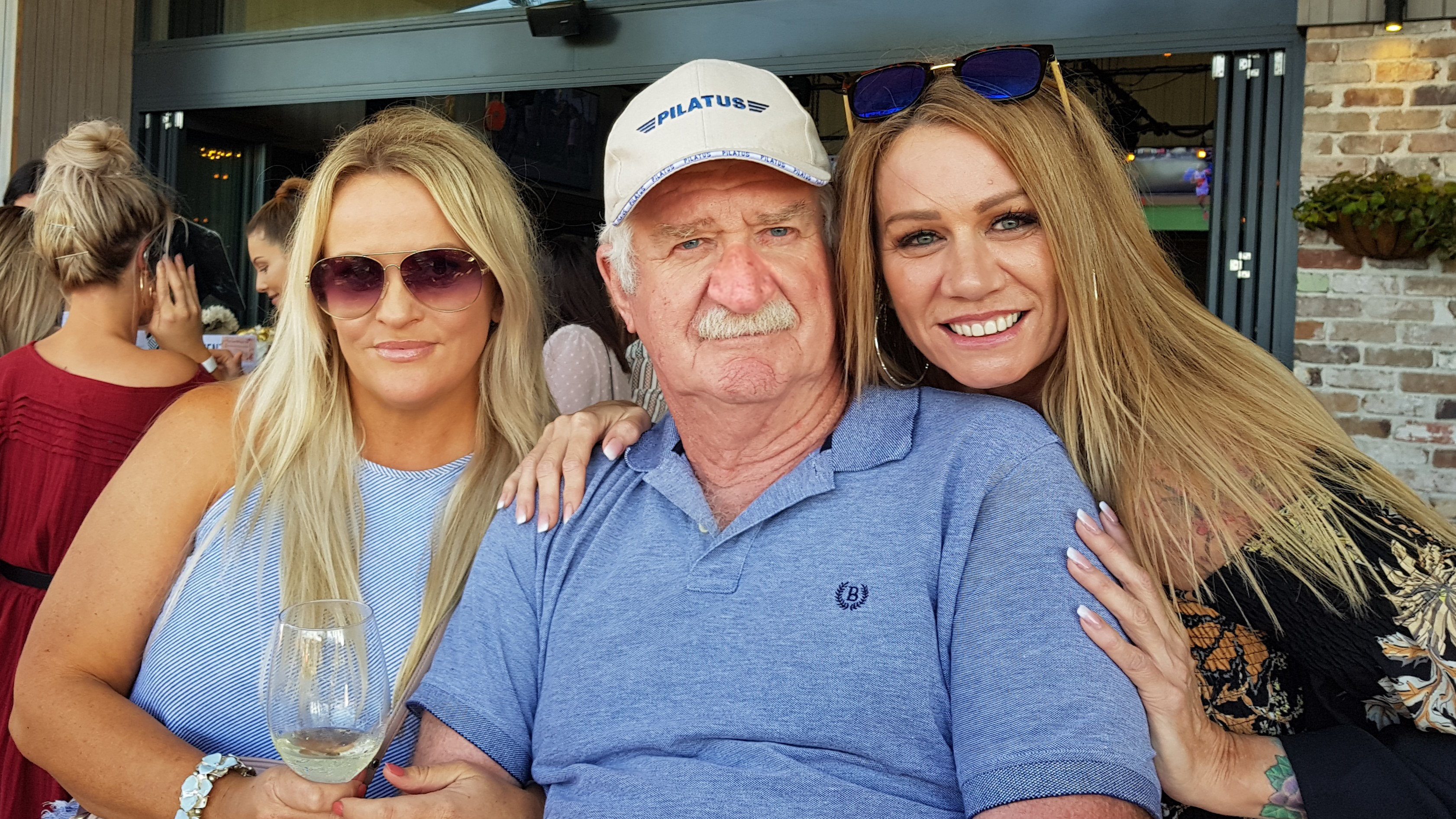
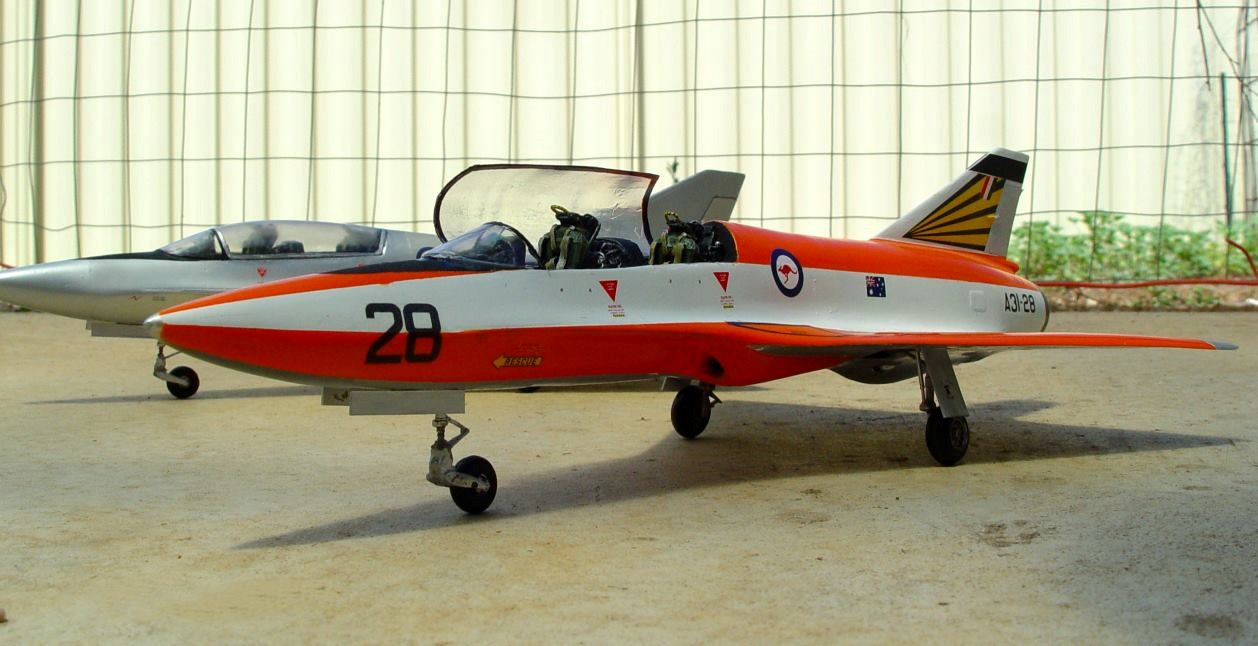
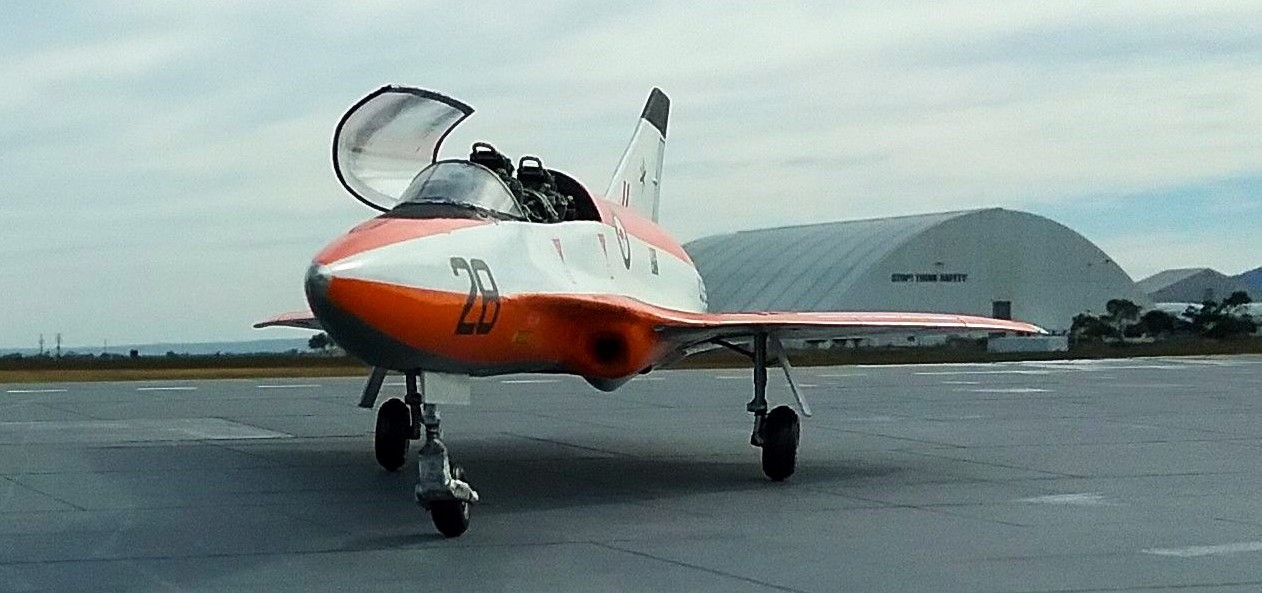
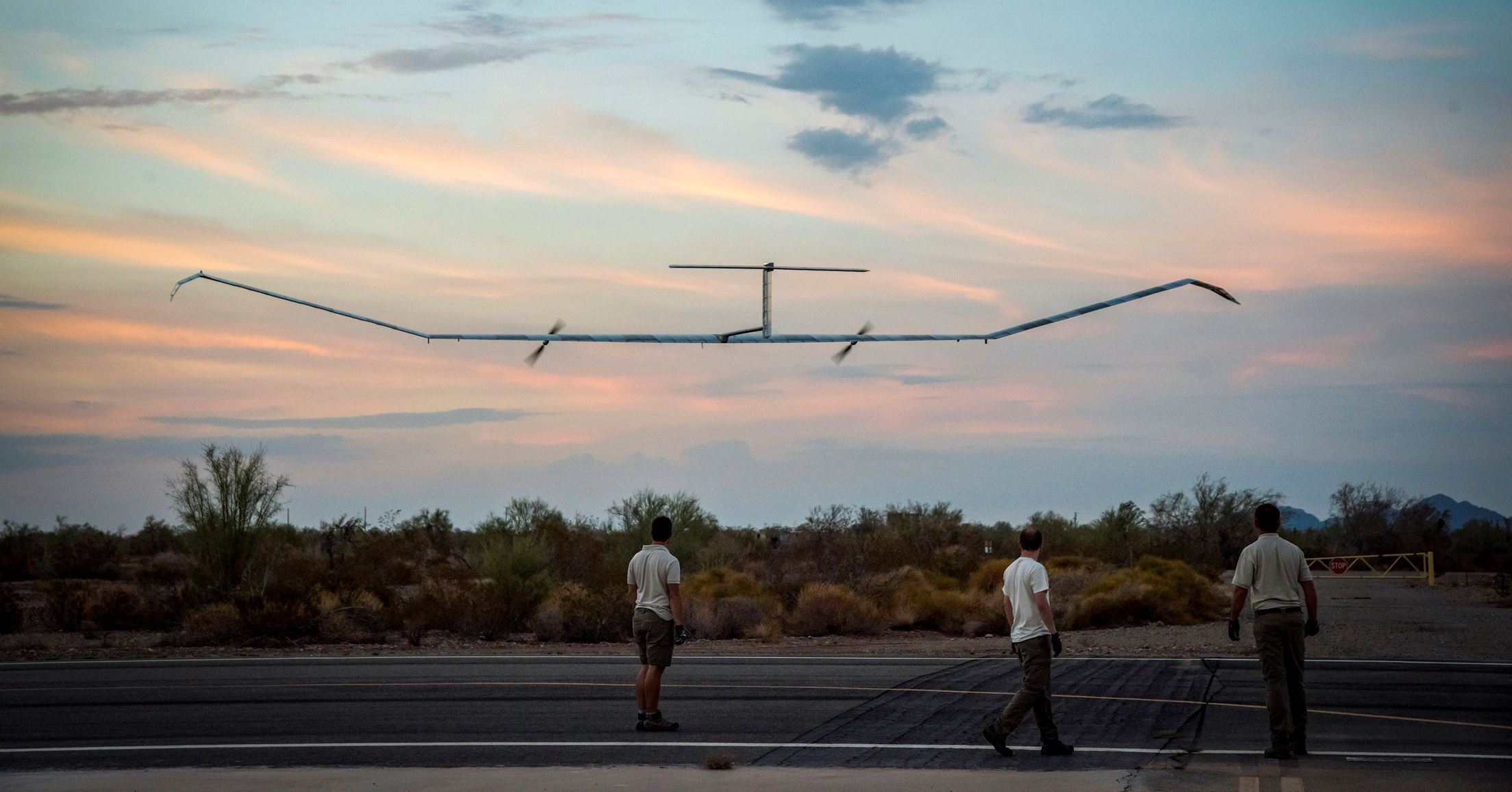
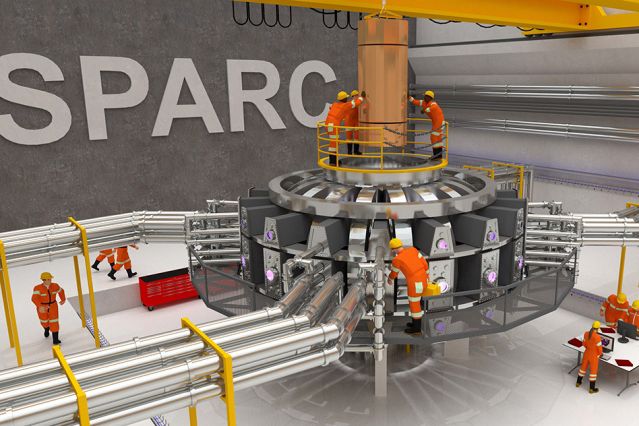
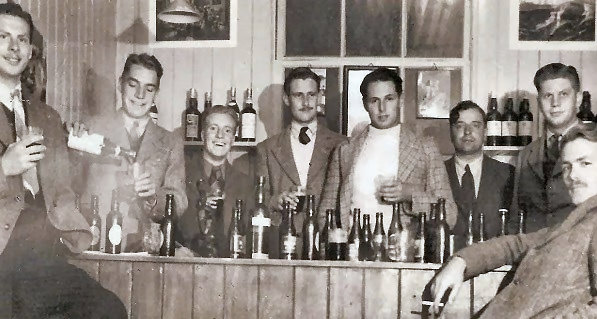
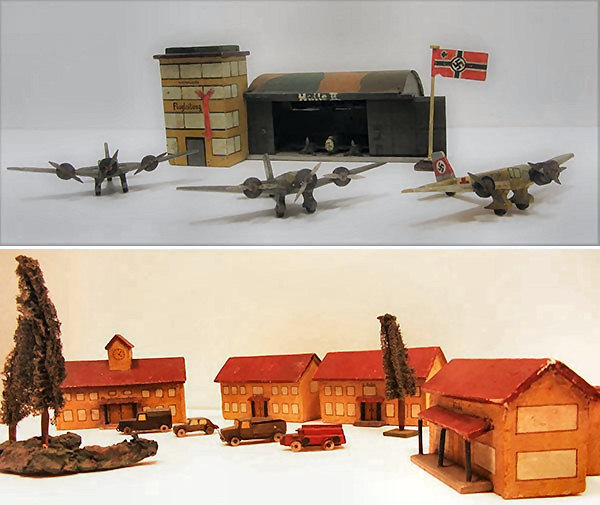
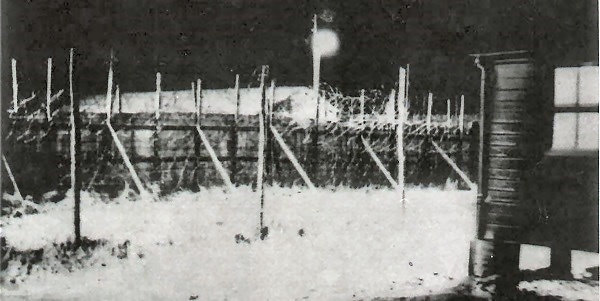
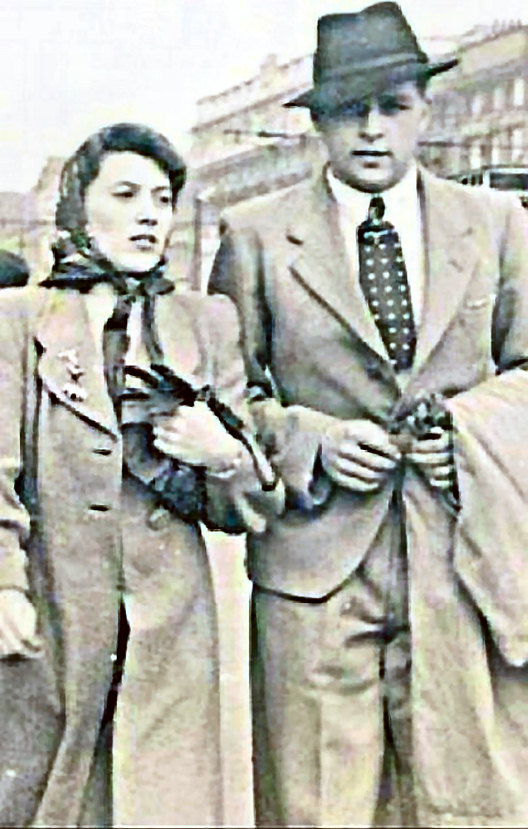
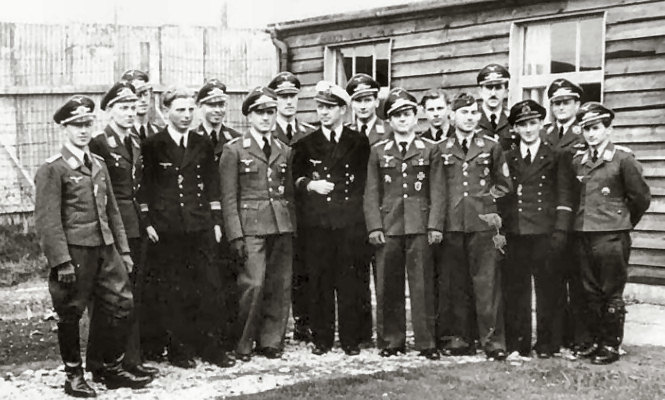
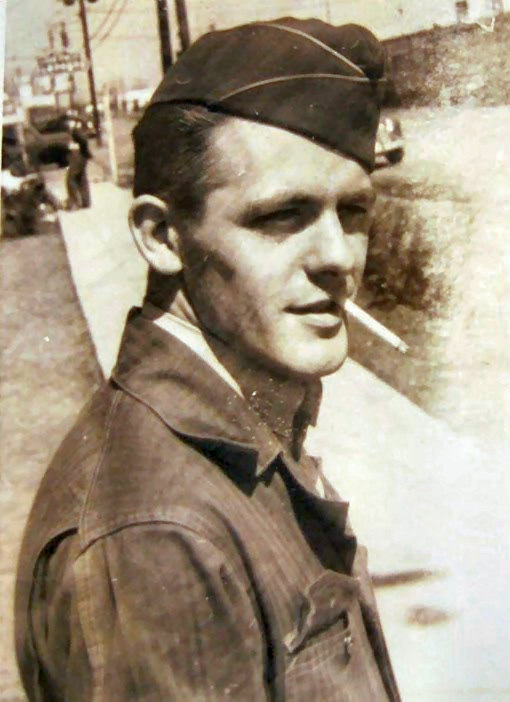 December 1941.
December 1941. 